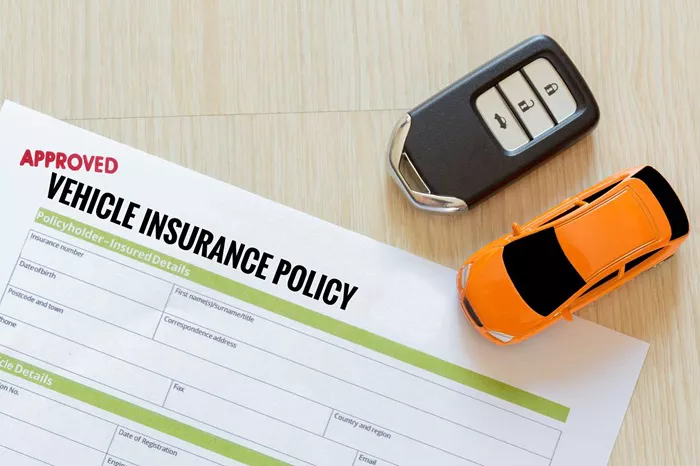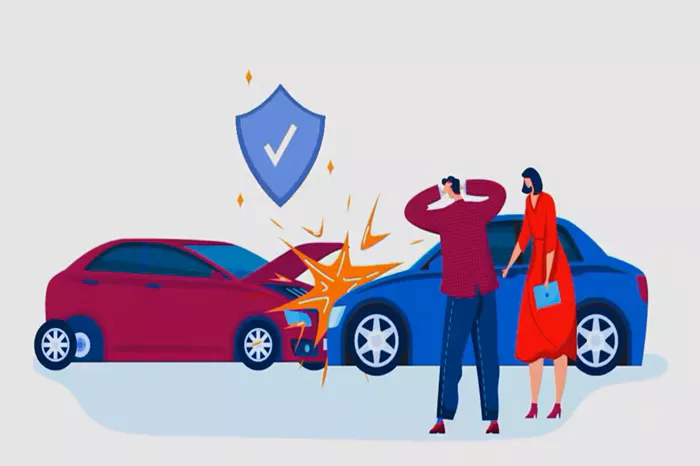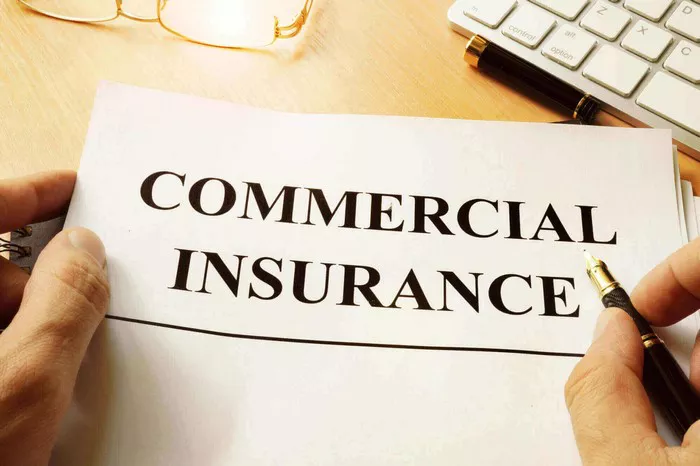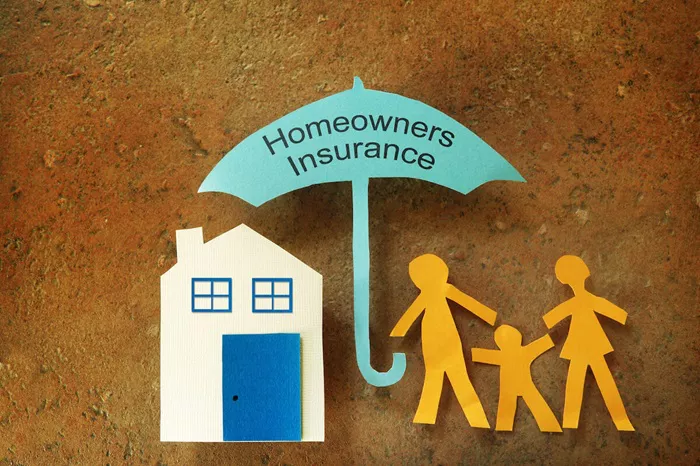Owning an RV provides the freedom to travel and enjoy the great outdoors. However, like any vehicle, RVs come with their own set of maintenance and repair needs. One issue that RV owners often overlook is the potential for rodent damage. Whether it’s squirrels, rats, or mice, rodents can cause significant damage to an RV’s interior, wiring, insulation, and more. This leads many RV owners to ask: Is rodent damage covered by RV insurance?
In this article, we’ll explore the details of RV insurance coverage, including how it applies to rodent damage. By the end, you’ll have a clearer understanding of what is and isn’t covered, and what steps you can take to protect your RV from such damage.
What Is RV Insurance?
Before diving into whether rodent damage is covered, it’s important to understand what RV insurance is. RV insurance is similar to regular car insurance but tailored for recreational vehicles. It provides protection for both the RV and its contents in the event of accidents, theft, or damage. There are different types of RV insurance policies, but the main ones include:
Liability Coverage: This covers damages or injuries you cause to others while driving your RV.
Collision Coverage: This covers damage to your RV caused by a collision with another vehicle or object.
Comprehensive Coverage: This covers damage to your RV caused by incidents other than collisions, such as vandalism, fire, theft, or natural disasters.
Personal Property Coverage: This covers personal items inside the RV, such as electronics, clothing, and camping gear.
For many RV owners, comprehensive coverage is the most relevant when discussing rodent damage, as it covers non-collision-related damage. However, not all comprehensive policies will automatically cover rodent damage. Let’s explore why.
How Rodents Can Damage Your RV
Rodents, including mice, rats, and squirrels, are notorious for finding their way into RVs, especially those that are parked in areas near trees, bushes, or other places where they can seek shelter. Once inside, rodents can cause various types of damage:
Wiring Damage: Rodents often chew on electrical wiring, which can lead to short circuits, fires, or expensive repairs. This is one of the most common and costly forms of rodent damage.
Insulation Damage: Rodents may also chew on the insulation inside walls or under the RV, leading to loss of heat or cooling efficiency.
Structural Damage: Rodents sometimes chew through wood, plastic, or rubber parts of the RV, which can compromise its structural integrity.
Contamination: Rodents can also leave behind urine, feces, and nests that contaminate the RV’s interior, leading to unsanitary conditions.
These forms of damage can be expensive to repair and are often a major source of frustration for RV owners.
Does RV Insurance Cover Rodent Damage?
The simple answer is: it depends. Coverage for rodent damage typically depends on the specific terms of your RV insurance policy and the type of coverage you have. Let’s take a closer look at the different factors that can influence whether rodent damage is covered.
1. Comprehensive Coverage
Comprehensive coverage is the type of insurance that is most likely to cover damage caused by rodents. However, many policies exclude specific types of damage, including rodent damage. If your comprehensive policy does cover rodent damage, it will typically cover the cost of repairs to the RV’s structure, wiring, and insulation, as well as other damage caused by rodents.
2. Exclusions in the Fine Print
While comprehensive coverage may cover rodent damage, many RV insurance providers have exclusions in their policies related to pest damage. Some policies explicitly exclude damage caused by rodents or vermin. Therefore, it’s crucial to carefully review the terms of your insurance policy to determine if rodent damage is included in your coverage.
In some cases, the exclusion may apply only to certain types of damage, such as damage to personal property inside the RV, but the structural damage may still be covered. Other policies may exclude all forms of rodent-related damage.
3. Endorsements or Add-Ons
Some insurance companies offer endorsements or add-ons to their policies that can extend coverage to include rodent damage. These add-ons are typically optional and come with an additional premium, but they can provide peace of mind if you live in an area where rodent damage is more likely. If you’re concerned about rodents, consider asking your insurance provider about adding rodent damage coverage to your policy.
4. Homeowners Insurance vs. RV Insurance
If you have homeowners insurance, it may cover some types of rodent damage that affect your RV if the RV is stored on your property. However, this type of coverage is generally limited and does not extend to the full range of rodent damage that may occur while the RV is being used or stored elsewhere.
If your RV is parked in a garage or driveway, your homeowners insurance might provide some protection, but it’s usually not as comprehensive as RV-specific insurance. Additionally, homeowners insurance typically does not cover the contents inside the RV or any damage that happens while you are on the road.
Preventing Rodent Damage to Your RV
Given that rodent damage can be costly and potentially not covered by insurance, prevention is the best approach. Here are some tips to help protect your RV from rodents:
1. Seal Entry Points
Rodents can squeeze through small openings, so it’s essential to seal any potential entry points in your RV. Inspect the exterior for gaps or cracks in doors, windows, vents, and around the plumbing and electrical systems. Use weatherstripping or expanding foam to seal these areas.
2. Store Your RV in a Secure Location
Whenever possible, store your RV in a location that is less likely to attract rodents. Parking your RV inside a garage or enclosed space can prevent rodents from accessing it. If you must park it outdoors, consider using a heavy-duty RV cover.
3. Use Rodent Repellents
There are various rodent repellents available that can help keep mice and rats away. These repellents may come in the form of sprays, sachets, or electronic devices that emit sound frequencies that rodents dislike.
4. Keep the Area Clean
Rodents are attracted to food and shelter. Keep the area around your RV clean and free from food scraps, garbage, or pet food. If you store anything inside your RV, make sure it’s in sealed containers that rodents can’t access.
5. Check Your RV Regularly
Regularly inspect your RV for signs of rodent activity. Look for droppings, gnaw marks, nests, and other evidence that rodents have been inside. The earlier you catch a problem, the easier it will be to address.
What to Do If You Discover Rodent Damage
If you find that rodents have caused damage to your RV, there are several steps you should take:
Document the Damage: Take photos and keep a detailed record of the damage for insurance purposes.
Contact Your Insurance Provider: Notify your insurance company about the damage and ask if it’s covered under your policy.
Get Professional Help: In many cases, rodent damage will require professional repairs, especially when it comes to electrical systems or structural damage. Reach out to a trusted RV repair shop to get an estimate for the repairs.
Take Preventive Measures: After the damage is repaired, take steps to prevent future infestations, such as sealing entry points and using repellents.
Conclusion
Rodent damage is a common issue that many RV owners face, and the question of whether it’s covered by insurance is an important one. While comprehensive RV insurance may cover some types of rodent damage, it’s crucial to review your policy’s specific terms and exclusions. If rodent damage is not covered, consider adding an endorsement or looking into other ways to protect your RV.
By taking preventive measures and regularly maintaining your RV, you can minimize the risk of rodent damage and keep your vehicle in good condition for years to come.
Related Topics:
What Are the Top Rated RV Insurance Options for 2025?





















